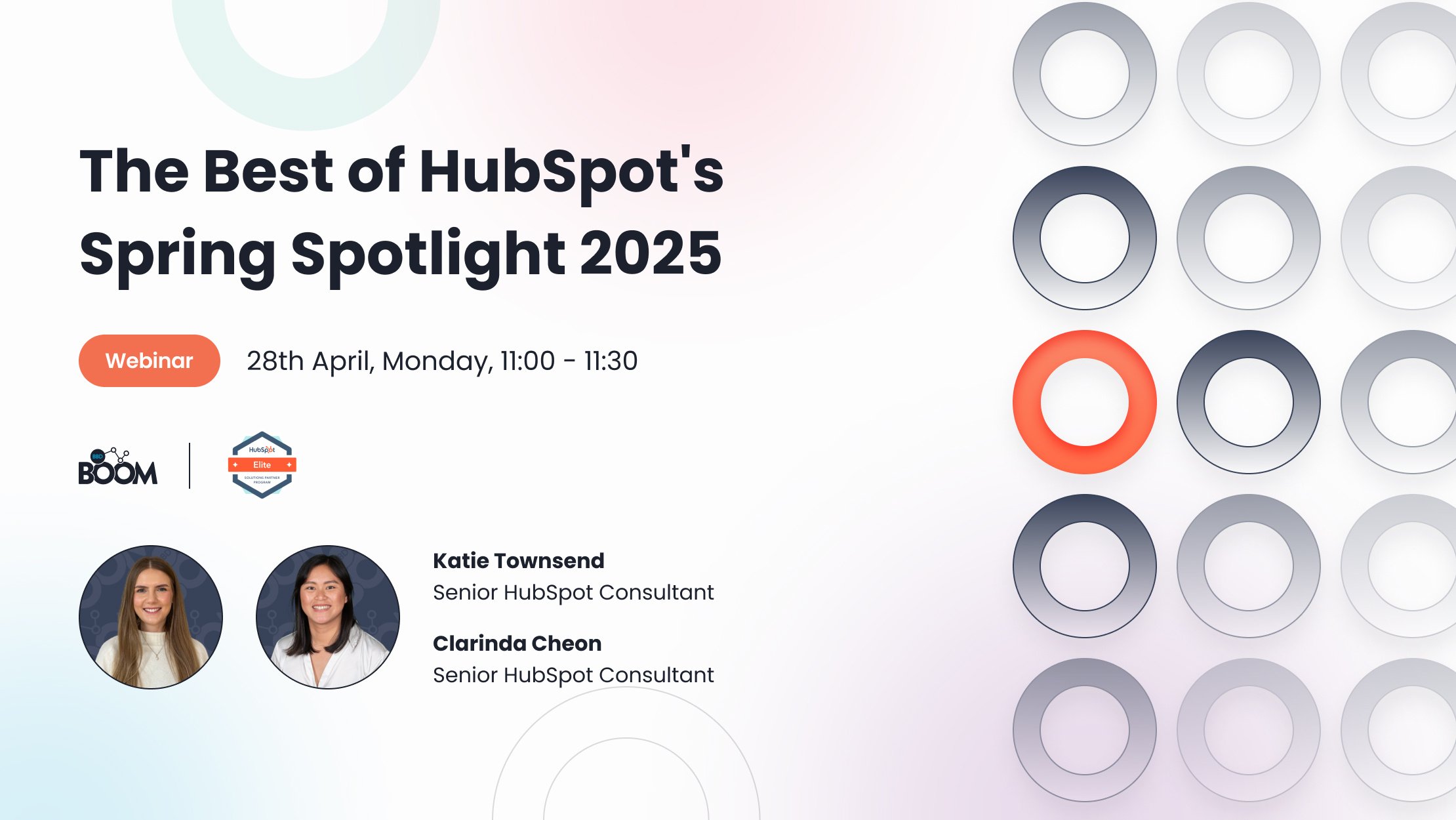With the constant change in the marketing landscape, staying up to date with the on-the-go trend of consumers and businesses can be overwhelming. Your marketing strategy should be more of a marathon than a sprint, even in this age of instant information. Although we’ve all seen success from last-minute campaigns, the reality is that planning ahead is a strategy that will create consistency and peace of mind.
Here are Boom’s 6 tips for planning ahead:
1. Leverage the data
Knowledge is power. Marketing data can be used to make informed decisions about your proposed marketing strategies. You may see strong, seasonal website traffic you want to capitalise on, or perhaps you have identified industry quiet times and therefore want to run a targeted campaign around another target audience that is more active.
2. Study your competition
Knowing your competitors inside and out can help you strategically respond to rival campaigns with your own initiatives. Use the knowledge to create marketing strategies that take advantage of your competitors' weaknesses, and improve your own performance. As well as current competitors, also try to assess any threats posed by new entrants to your market.
3. Learn from the past
Look back at previous campaign performances and look into the why. Why did they perform the way they did? Why was this one more successful than the other one? Why did this one cost so much and do so poorly? Why did this cost so little and perform so well? When you start to get answers for these questions, you can take these learnings and apply them in your future marketing strategy. Replicate what worked and learn from what didn’t.
4. Create focus
When you plan ahead you are forced to identify what exactly it is you want to accomplish and how you intend to do it. With a plan in hand, you are able to focus more on exactly what you need to do to deliver. Create a marketing calendar so you can see at a glance all the major events and promotional opportunities coming up over the coming year.
5. Reduce stress
Just plotting dates on a calendar helps give an overview of the year ahead and can help increase success rates. With more time up your sleeve, you are able to eliminate many potential problems before they ever occur. This can therefore reduce the number of rushed decisions that are made without reference to the overall marketing plan.
6. Anticipate change
As mentioned before, the marketing ecosystem is always changing. Don’t run away from this change, embrace it. This could be changes to Google’s SEO algorithm, changes to privacy policies, added features to social media; the possibilities are endless. Although you can’t always predict the future, you should ensure that your marketing strategy is flexible enough to be able to take them in your stride.
Few in the marketing world embrace this change like HubSpot, but it can be hard to stay on top of the evolution and upgrades. That’s why we have created a HubSpot Product Roadmap for H2 2020 to ensure that you know what features are in the pipeline and how they can impact your business as a whole. Click below to download your copy:

.png)



.jpeg?width=50&name=0%20(1).jpeg)


.jpeg?width=90&name=0%20(1).jpeg)


